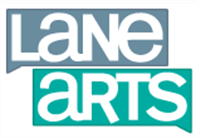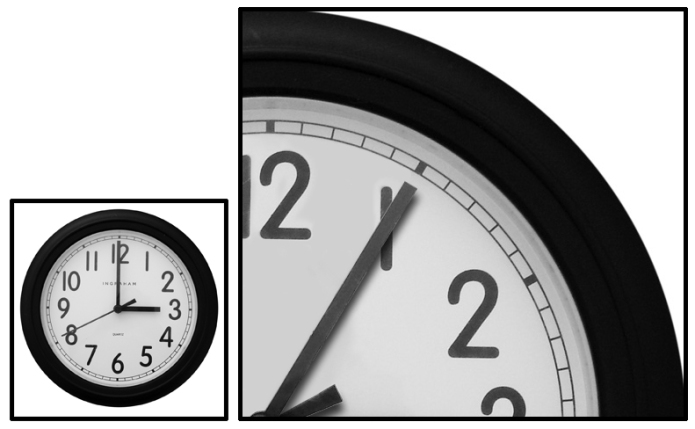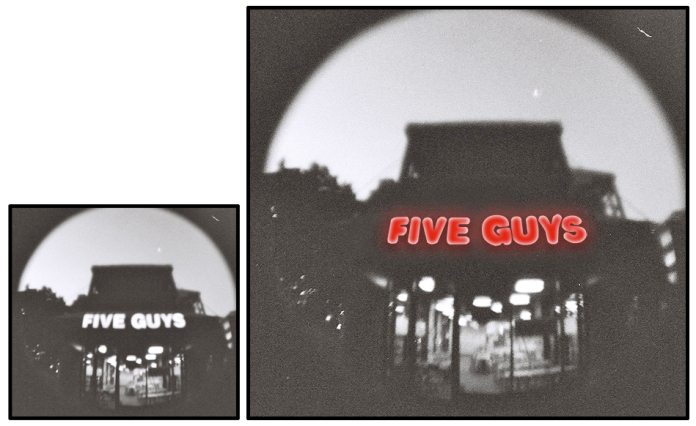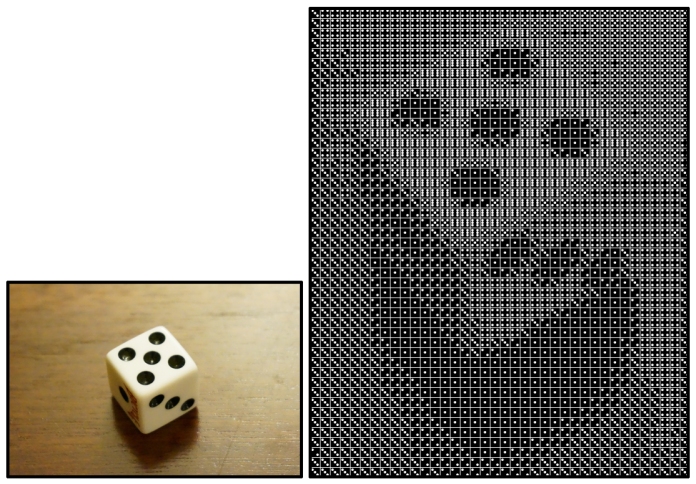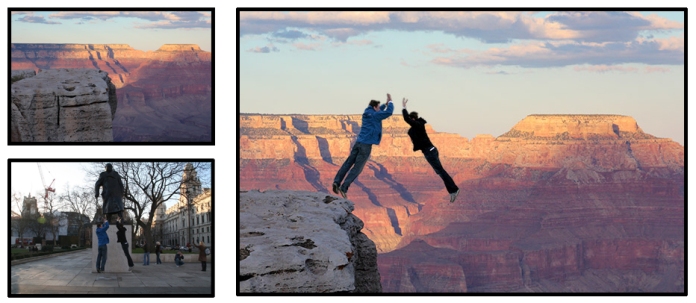Laura Hale
X4 Assignment
November 2014
I attended the talk of Mr. Erik Bishoff and his work in architecture. He started off his speech with a general overview of who he was and what he did as a photographer. It was made very clear that although he was inspired to do photography on architecture that only half of his business was in that field. It seems that depending on the subject of photography you want to pursue, it comes down to location, location, location. Eugene is not a prime place to photograph architecture. Mr. Bishoff makes up for this fact by photographing other things i.e. weddings, profiles etc etc. Like most jobs it seems the key is flexibility and patience. Not only in where you’re willing to work, but how you’re willing to work and to always have a back up plan if the client wants something but won’t allow you to work the best route to the goal.
He also mentioned that if you have flexibility with your client to take advantage of it as much as you can, for example a client wanted a specific time for their home to be photographed, however he scouted the area out at different times of the day to see how it looked in the different lights and brought forth a product that the client was much happier with. However you also get people that only want things done a certain way but are not aesthetically appealing. Mr. Bishoff stated that having a bank of pictures to perhaps edit in (ie the sky) and skills in the editing program of your choice are crucial for these kinds of shots. This is also where HDR comes in handy if you are not allowed to shoot at the time of day that you want. Mostly because it takes three different aspects of pictures with different information.
Another skill he mentioned and showed was that of stitching. You can take a photo and have it be beautiful but then it doesn’t work in a magazine because it’s set landscape instead of portrait or vice versa. Being able to stitch your photos into different variations offers flexibility and therefore more photos bought by potential clients.
If you’re interested in shooting architecture apparently it’s in your best interest to get yourself a tilt-shift lens as it makes the view of a massive building more accurate to the eye as opposed to the curved lens the regular cameras have. You can also really change the focus up if you need the camera to make emphasis on one thing as opposed to another.
Mr. Bishoff’s work was very impressive and his inside knowledge the most helpful on how to deal with different types of people in the business. I found that to be more useful than his talk about the relatively rare tilt-shift lens. Most of the technical things he spoke of had already been gone over in class and he was just putting it all into a one-hour crash course.

